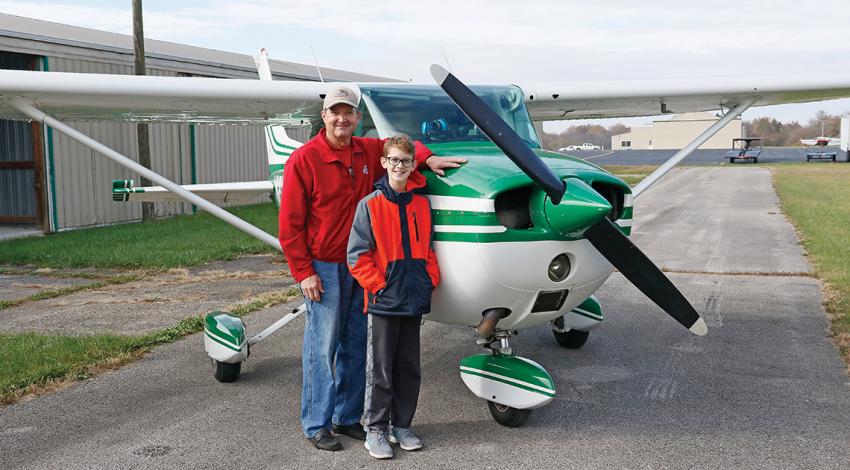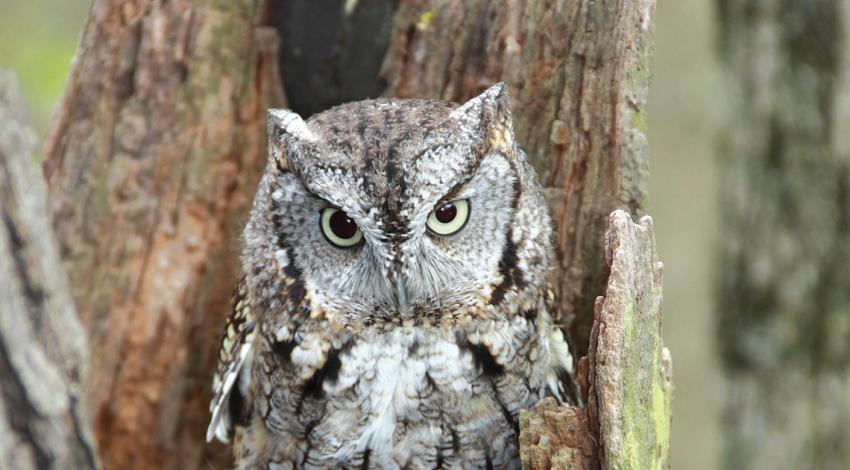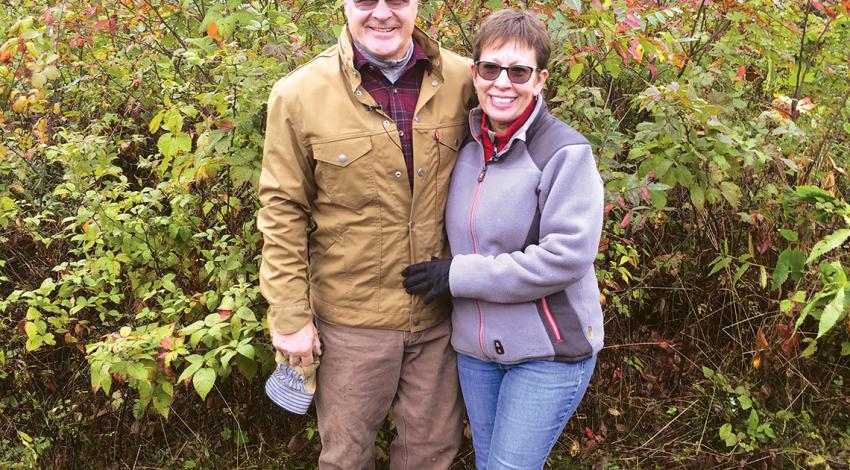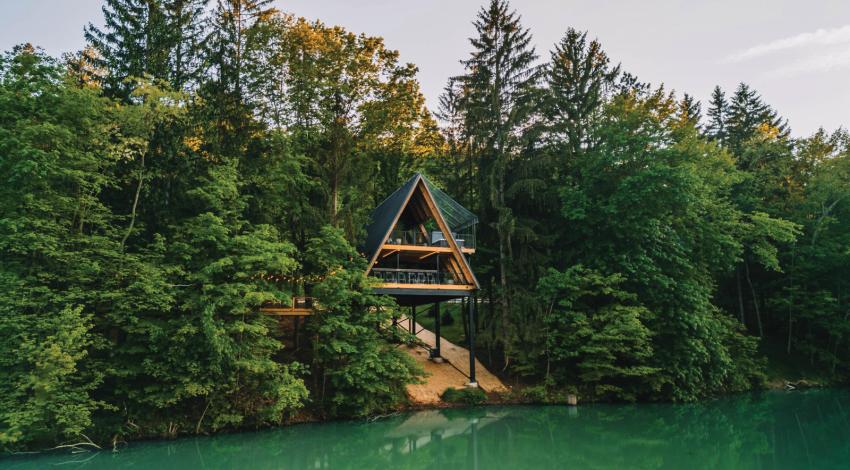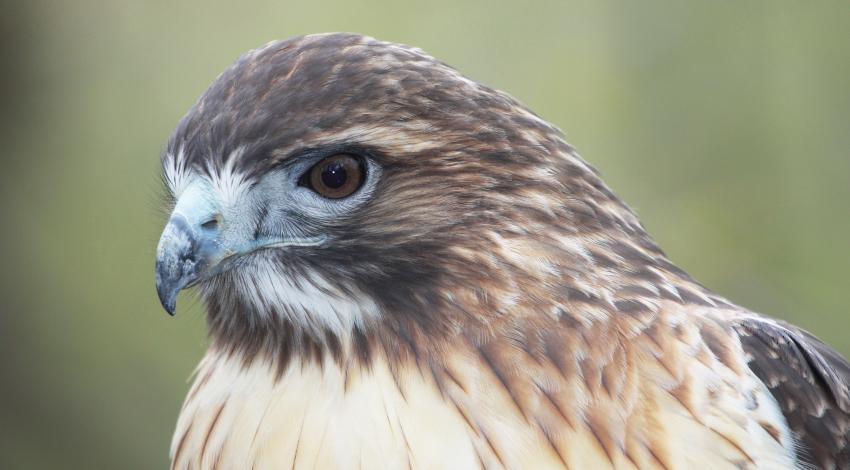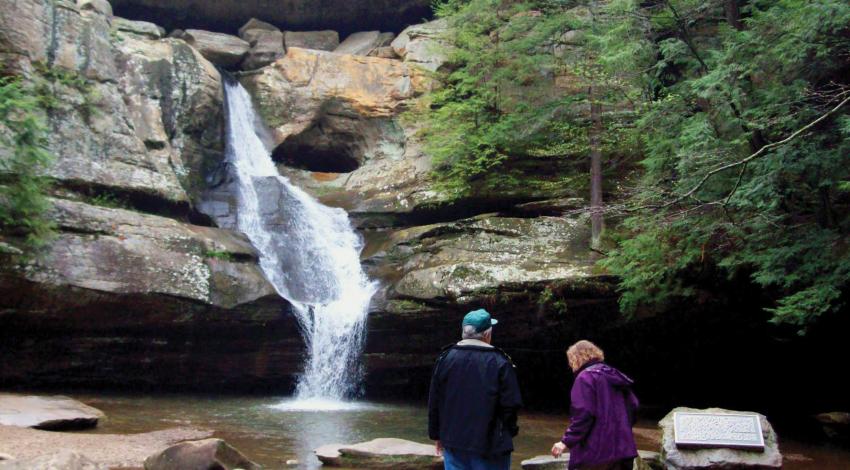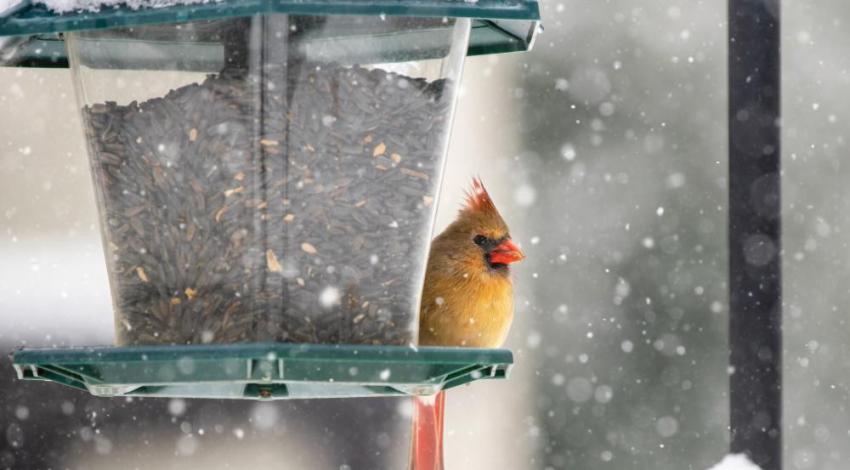At the corner of Vine and West 8th in downtown Cincinnati, a giant mural covers the entire side of a six-story building. It depicts a colorful, swirling flock of birds: passenger pigeons, now extinct. The last passenger pigeon, Martha, died at the Cincinnati Zoo on Sept.
If it has to do with birds in or around Cincinnati, Ruthven probably was part of it.
Born in 1924, Ruthven knew he wanted to be a professional artist from an early age, preferably a wildlife artist. Like so many young men of that era, however, his dream was deferred by World War II; John enlisted in the U.S. Navy after he graduated from high school in 1943.



